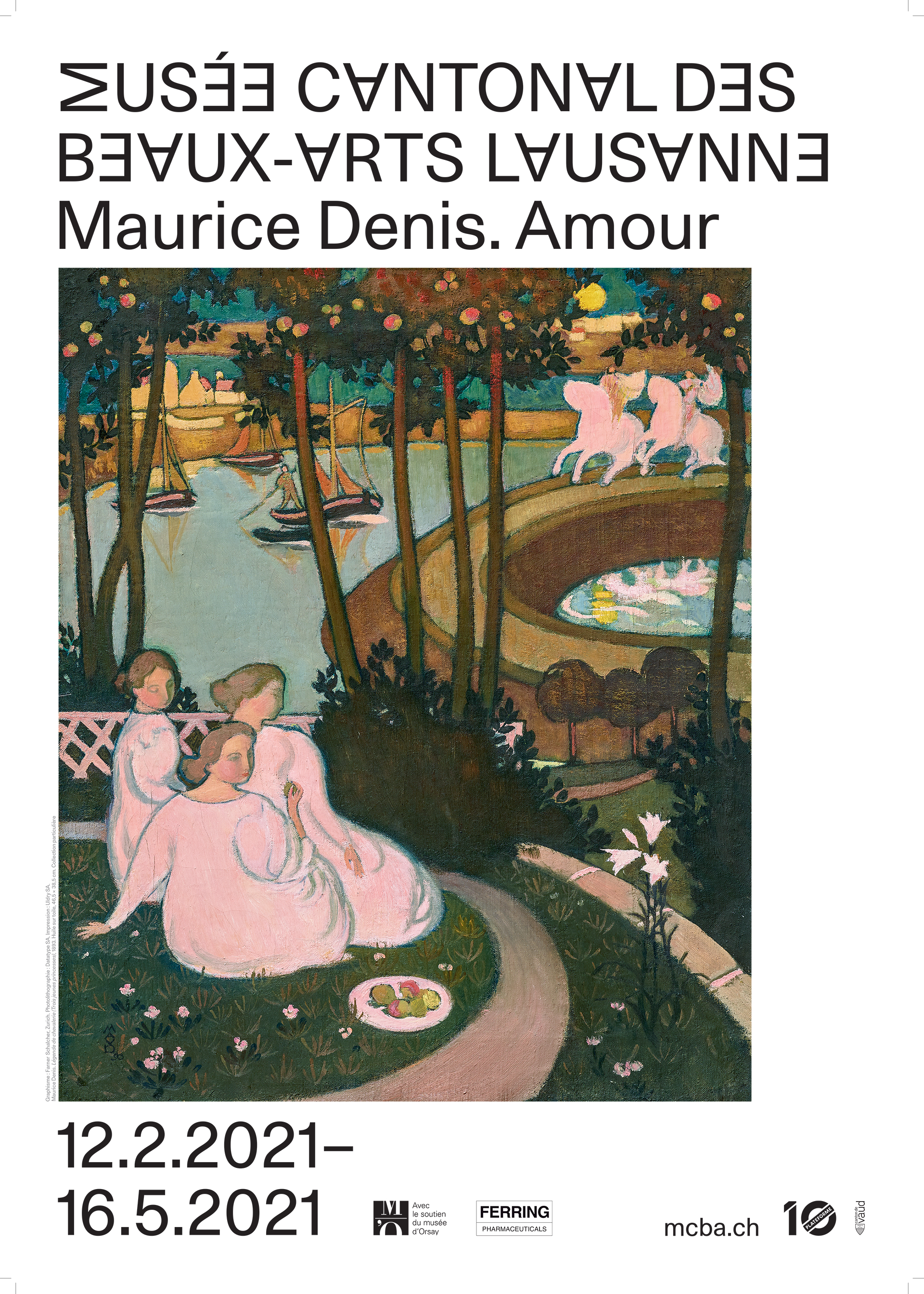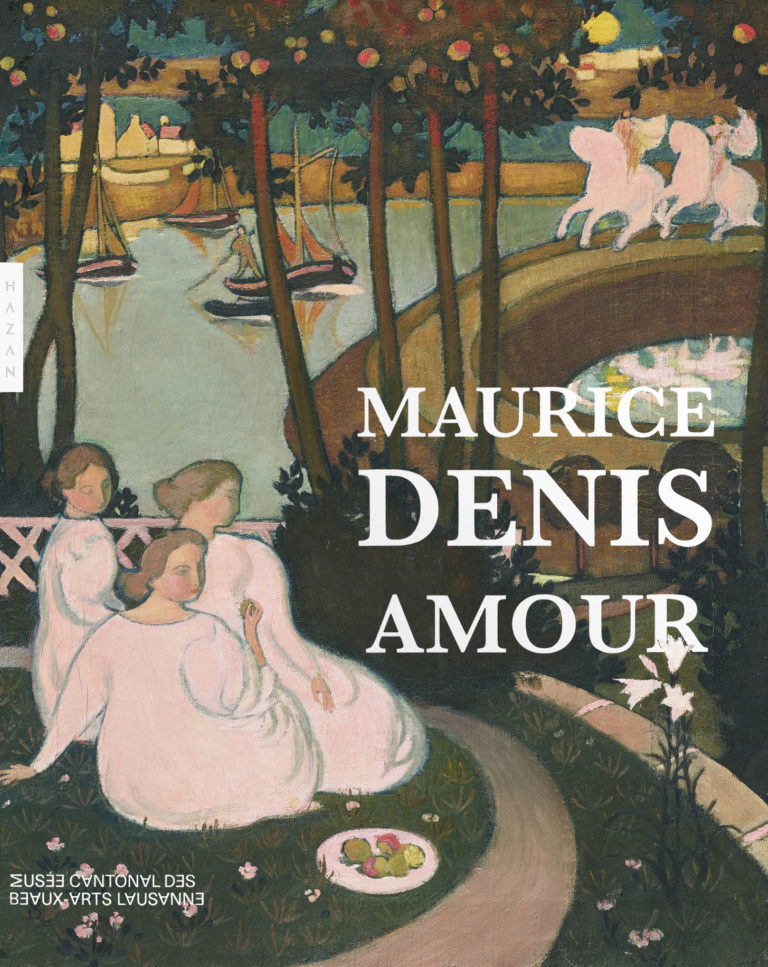
Maurice Denis. Amour
Comrade of Édouard Vuillard and Pierre Bonnard when all three were studying art, Maurice Denis (1870-1943) was a painter and major theoretician of modern French art at the turn of the 20th century. This show – the first dedicated to the artist in Switzerland in 50 years – focuses on the early years of Denis’s career. The novel visual experiments of the “Nabi of the beautiful icons” gave way to the serene splendor of the symbolist works, followed by the bold decision to return to classicism. This event, which features nearly 90 works, is organised with the exceptional support of the Musée d’Orsay and thanks to loans from Europe and the United States.
Maurice Denis remains famous for the watchword he devised in 1890, “Remember that a painting – before being a warhorse, a nude woman, or some anecdote or other – is basically a plane surface covered with colors assembled in a certain order.” Beyond this manifesto, the breadth and depth of his pictorial output make clear the ambitions of a life completely devoted to art, love, and spirituality.
With some of the friends of his youth, Denis founded the Nabi group in the late 1880s. Nicknamed the “Nabi of the beautiful icons,” he set himself and his work apart thanks to his drive to create modern poetic and musical images grounded in nature and the Christian faith. His first model was Fra Angelico, the monk-painter of the Quattrocento whose ascetic life in the service of art Denis aspired to imitate when he was still an adolescent. To express his emotions in painting, he also drew on a decorative simplification and a synthetic expression of forms and colors, which were fostered on the examples of Pierre Puvis de Chavannes, the Primitives, Japanese prints, and above all Paul Gauguin.
The turn of the century marked a defining moment for the painter with a trip to Rome in 1898. The revelation of the Renaissance wall paintings that he admired at the Vatican confirmed Denis in the direction he wanted his art to take, towards a “new classicism.” Critical of pure painting and of Henri Matisse, who made a name for himself in 1905 at the Salon des Fauves, he denounced the tyranny of the imagination and instinct that was leading to abstract art. Henceforth, venturing down the trail blazed by Paul Cézanne, he would pursue the search for a balance between sensations and style, modernity and tradition.
Curators:
Catherine Lepdor, Chief curator, MCBA
Isabelle Cahn, Chief Curator of Paintings, musée d’Orsay
Publication
Behind the scenes
Partner
This exhibition was organized with the exceptional support of the Musée d’Orsay and made possible thanks to loans from Europe and the United States.
The exhibition also received generous support from Ferring Pharmaceuticals.


